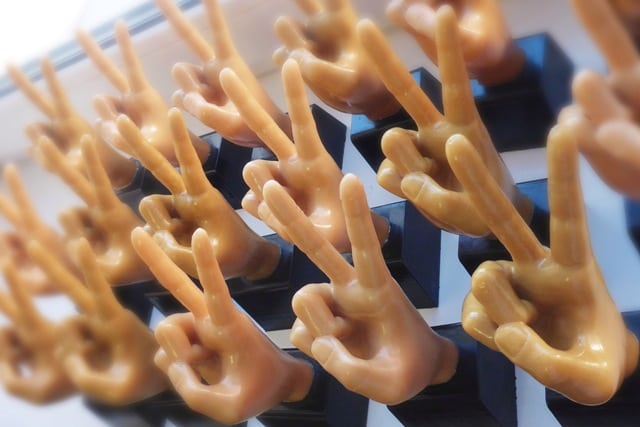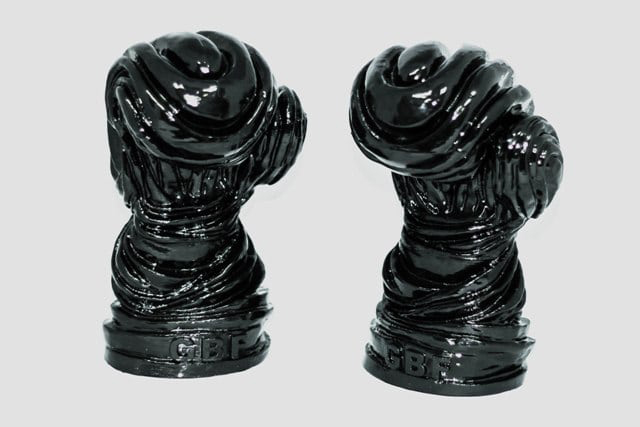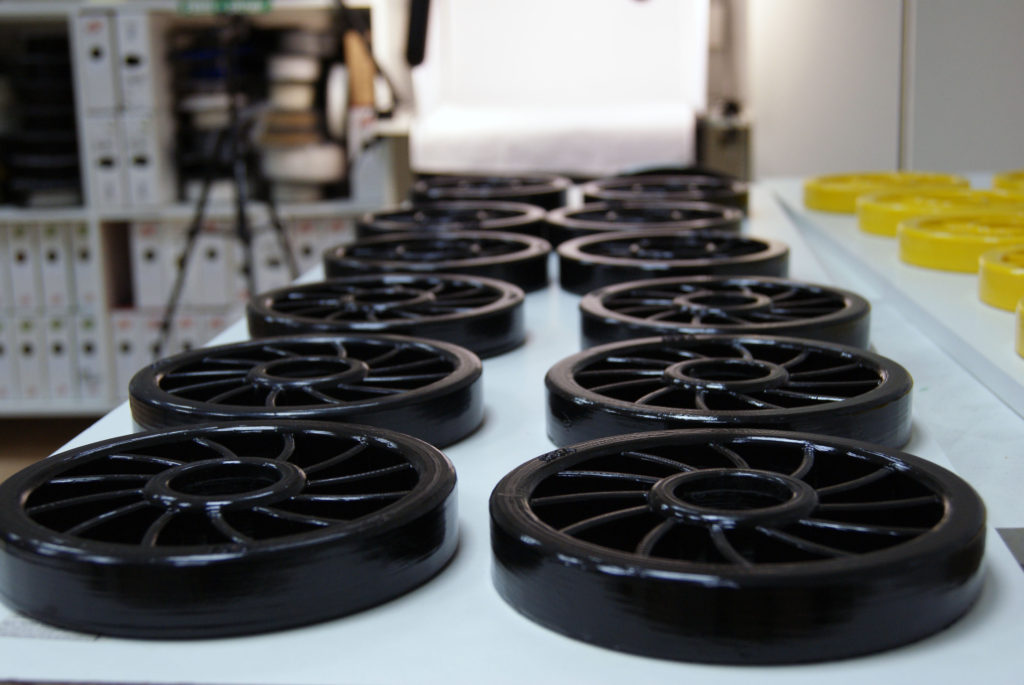
polishing
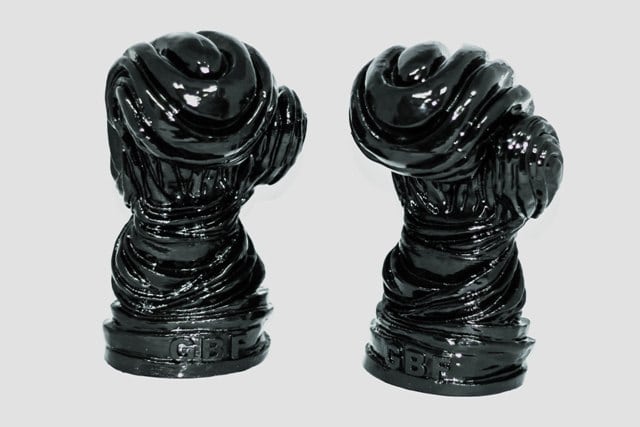
polishing
This type of processing is necessary to partially eliminate the layering that occurs during 3D printing, removes traces left after removing the supports mechanically, removes snags and protruding threads that naturally occur during 3D printing.
In the world of 3D printing, there is such a thing as an acetone bath or a more simplified version of "Gloss". This is the procedure for placing the finished product in a container where acetone vapors are formed. This technology is used when it is necessary to smooth out layers and give a gloss to the finished model.
During this procedure, the layers of the 3D model melt and, as a result, disappear completely. As a result, we get a part similar in appearance to the product obtained as a result of casting and more durable than a product simply printed on a 3D printer.
This type of processing will be useful in order to partially remove pronounced layers, remove traces left after removing supports mechanically, remove clues and protruding threads that arise naturally during 3D printing. It will also give the product a "glossy" effect.
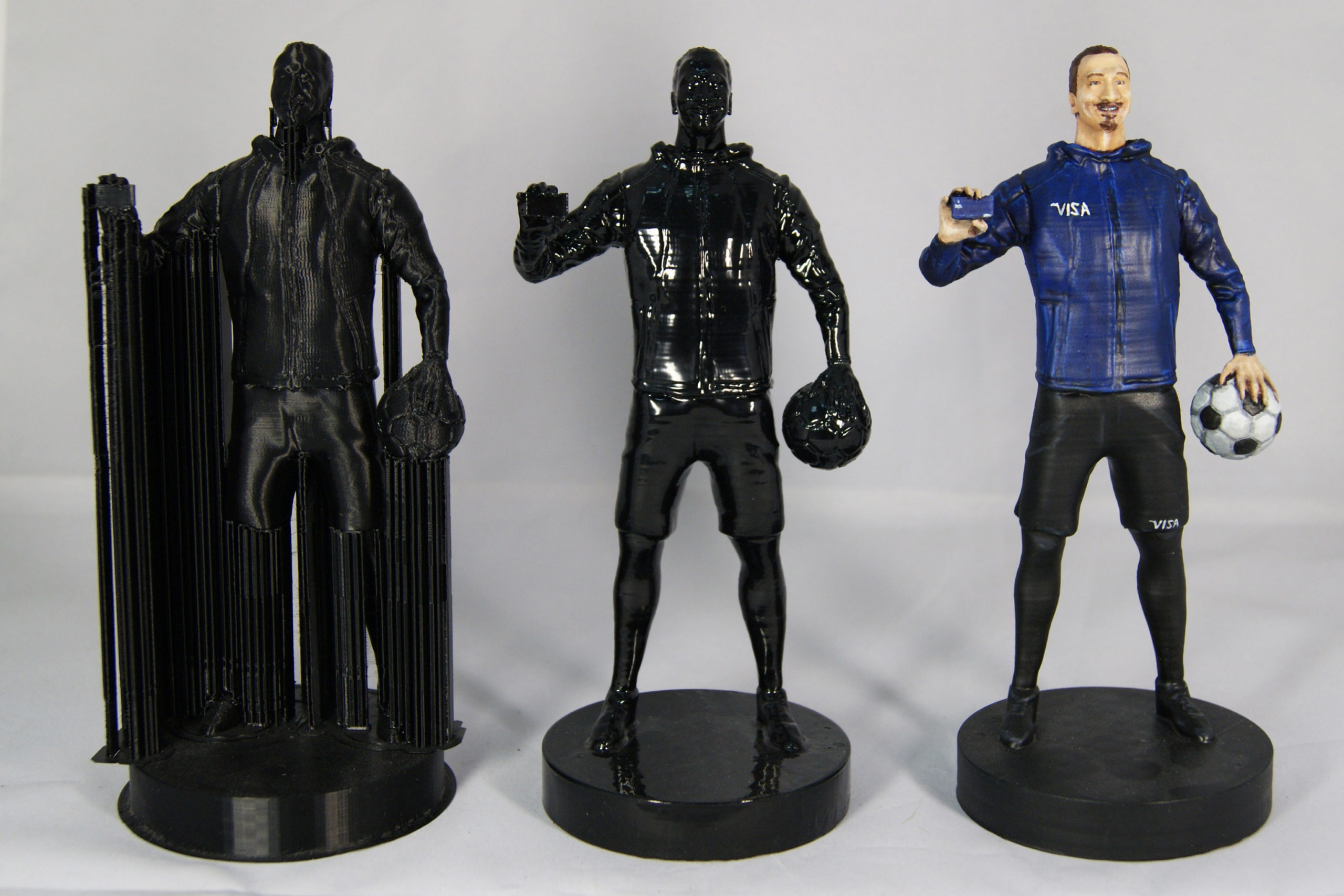
Glossing before painting
If the product needs to be painted later, glossing will help to form a "flat" surface for subsequent manipulations.
So, we polished a figurine of a famous athlete before going to the paint shop. You can see the difference in the photo: the first figure comes out immediately after printing, the second one already shows the result of glossing, well, and the third is the final result.

